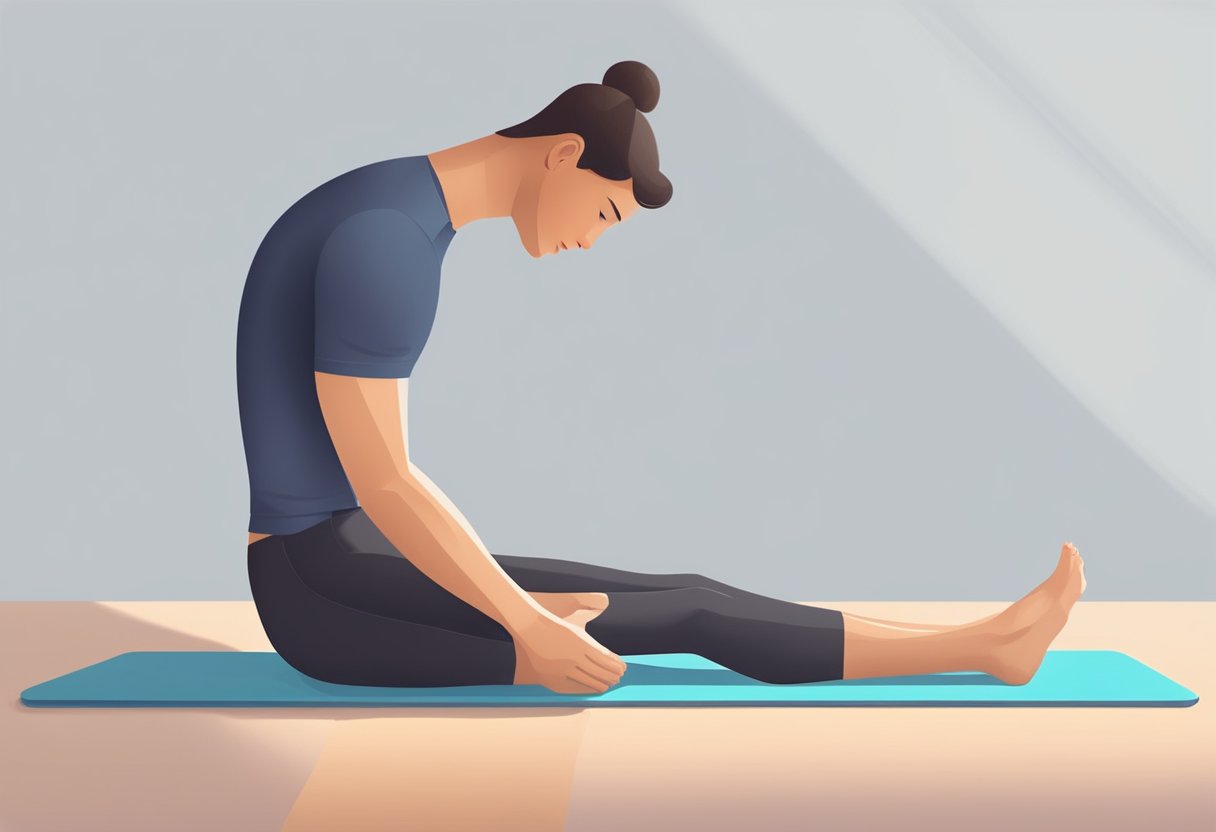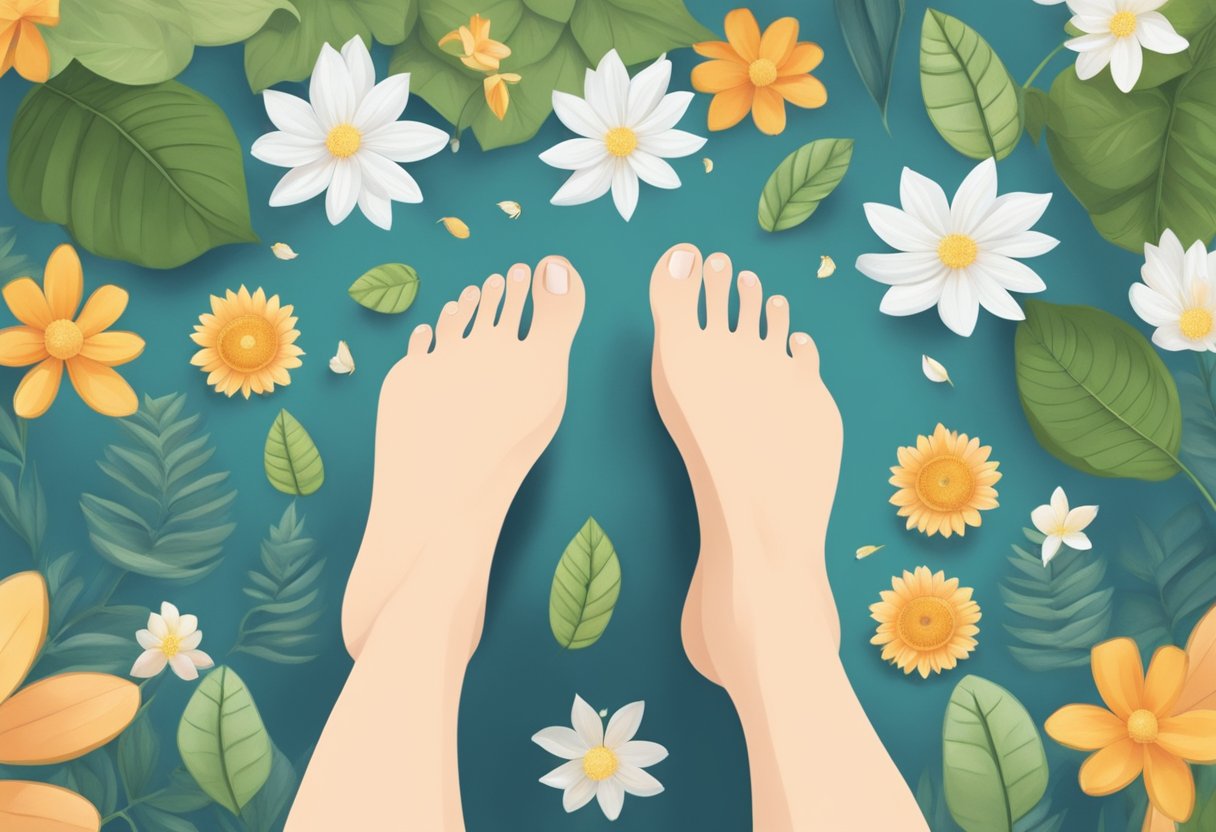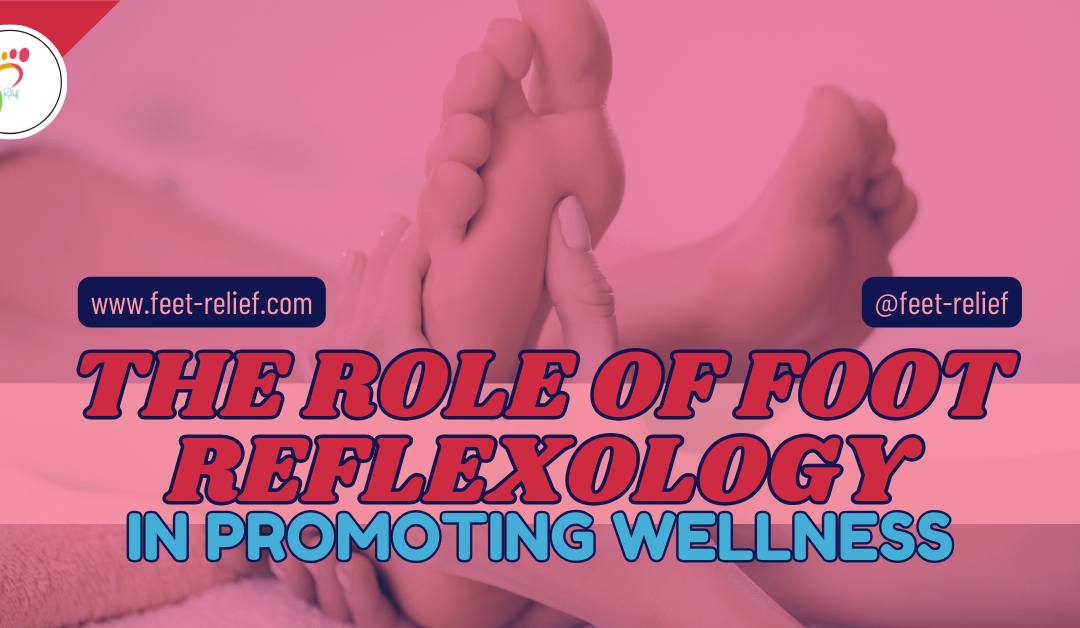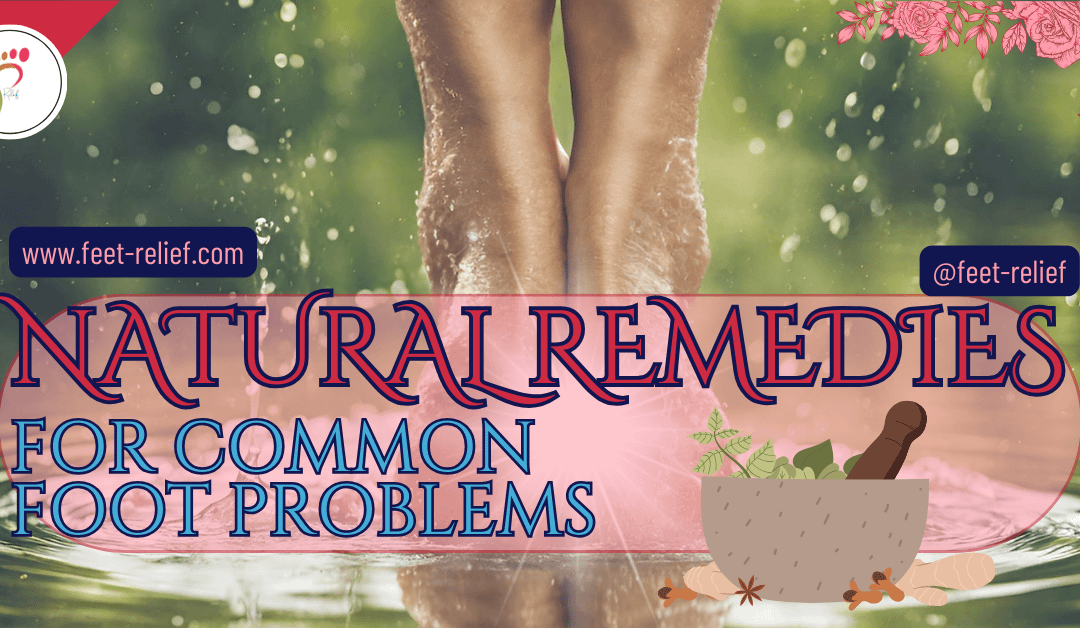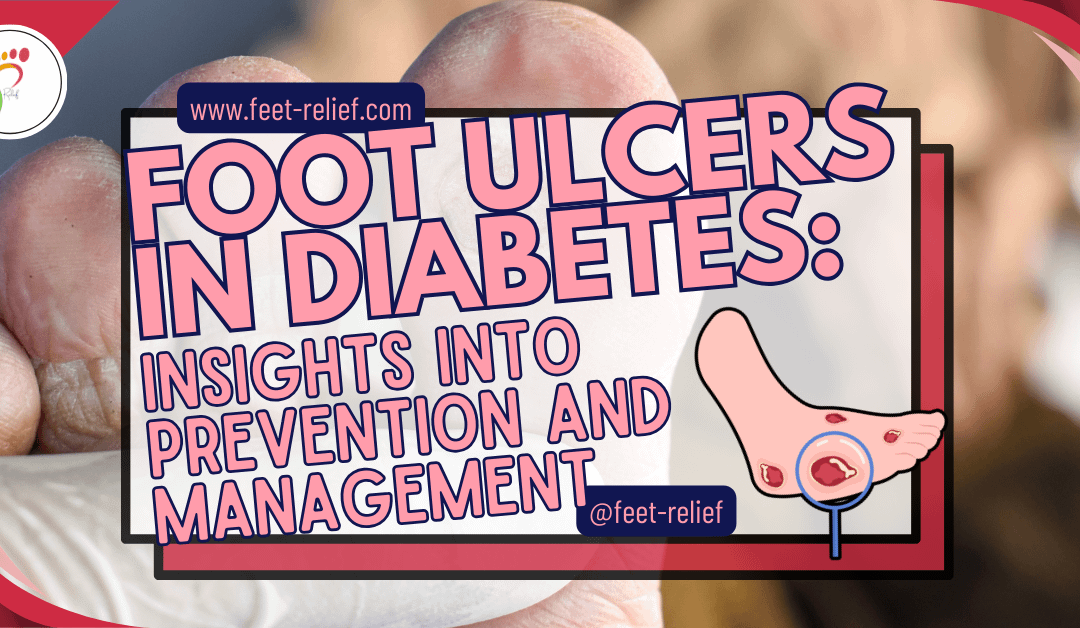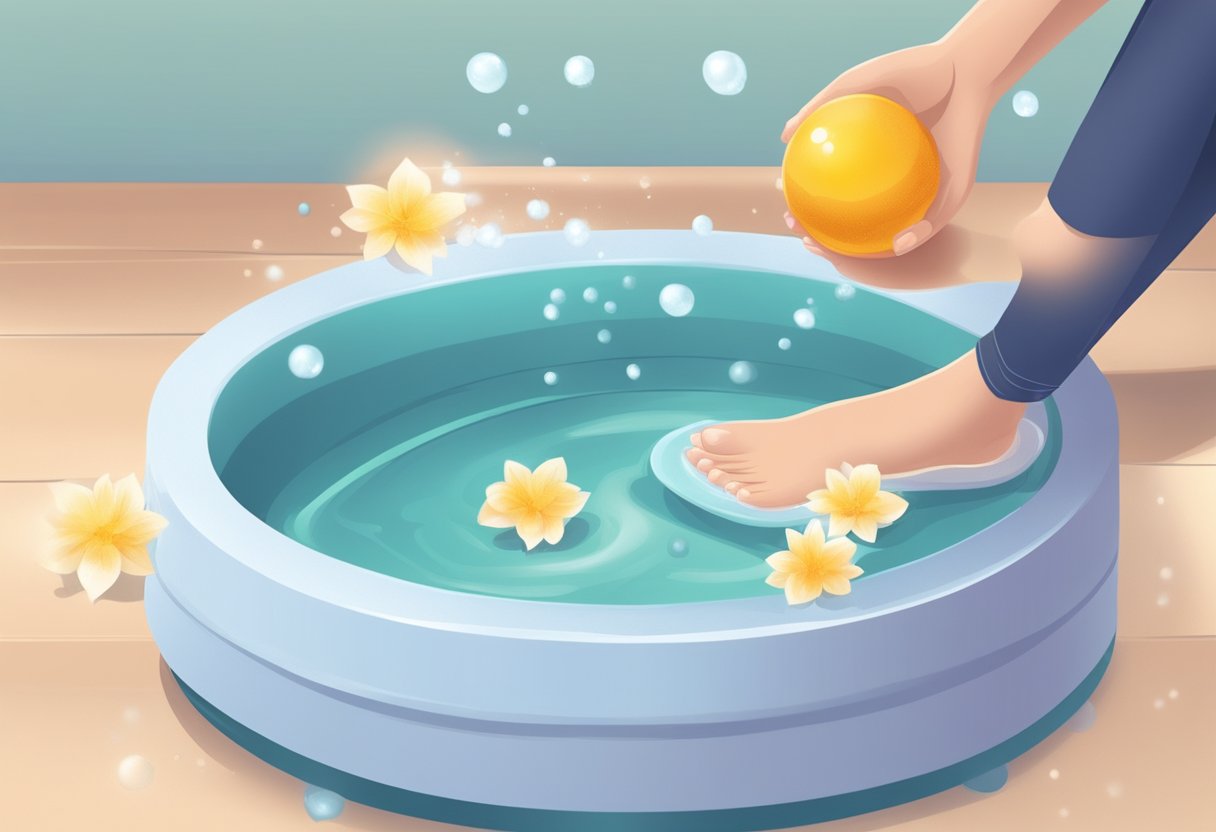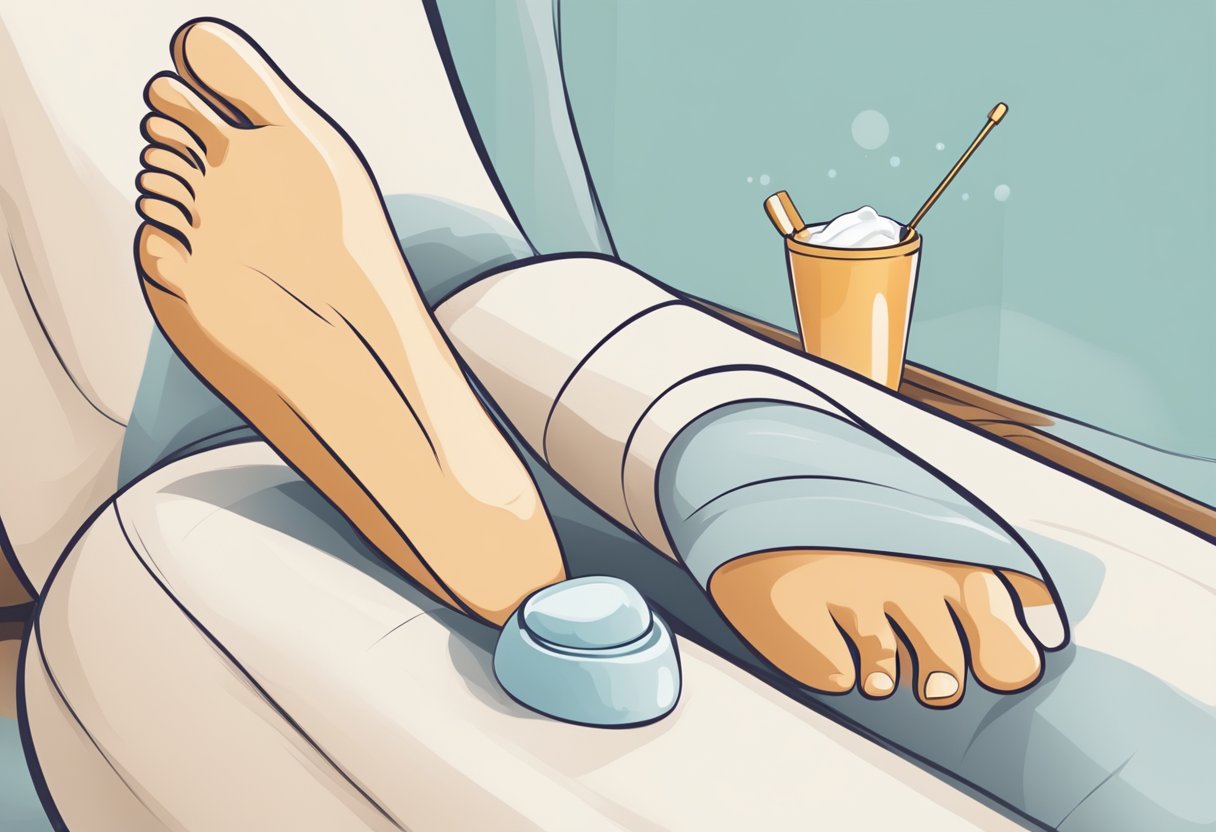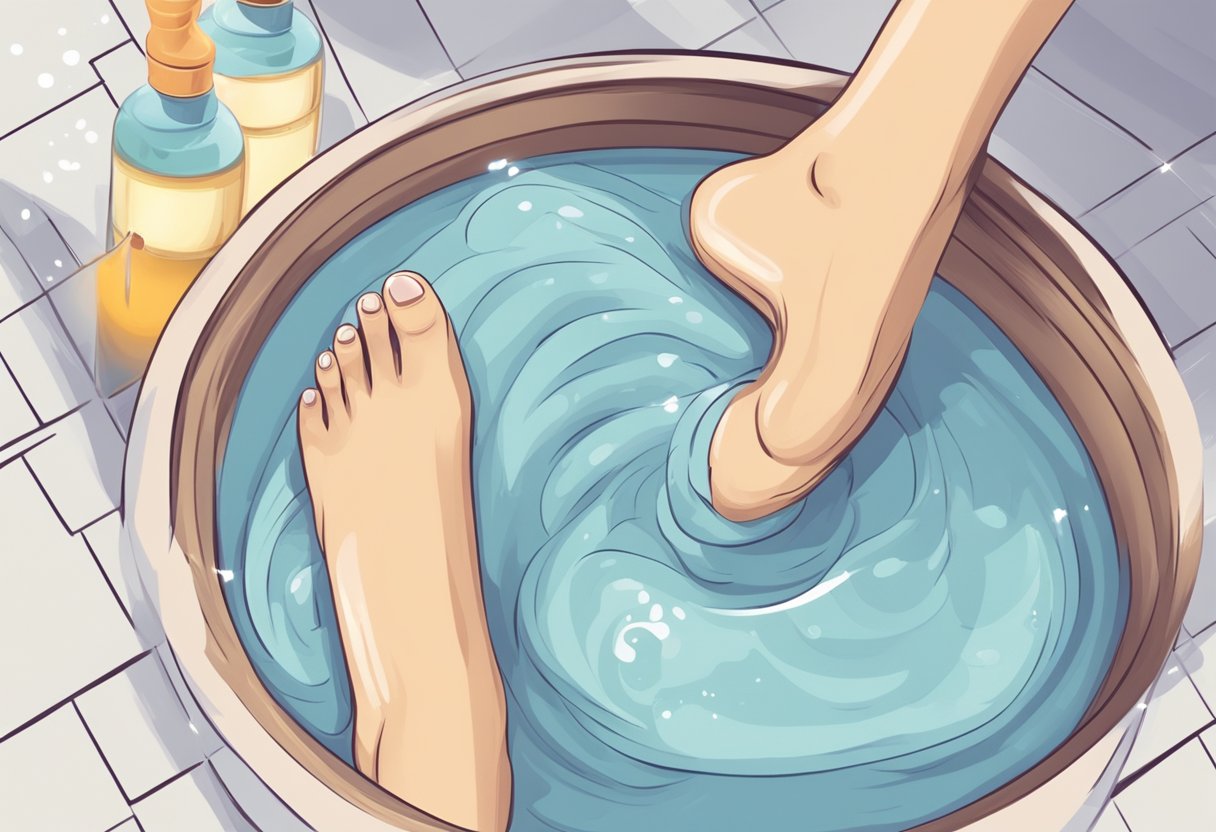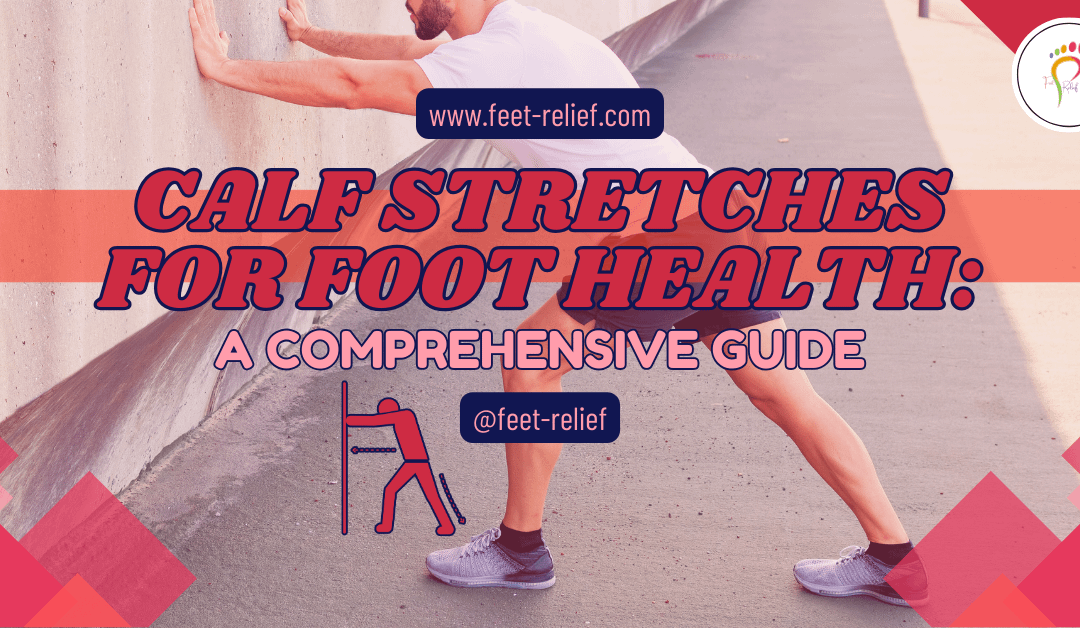
Calf Stretches for Foot Health: A Comprehensive Guide
Calf stretches for foot health have been a game-changer in my fitness routine. When I first started experiencing unbearable foot pain, I never thought the solution could be so simple. Incorporating regular calf stretches not only alleviated my discomfort but also improved my overall mobility.
Now, I make sure to include calf stretches in my daily routine, and the benefits are undeniable. My ankles have greater range of motion, I feel more balanced, and I can tackle my workouts without fear of injury. If you’re struggling with foot pain or just want to keep your feet in top shape, these stretches could be your secret weapon.
The Importance of Calf Stretches for Foot Health: Essential Strategies for Mobility and Comfort
Calf stretches are more than just a prelude to your workout routine—they play a crucial role in maintaining foot health and overall mobility. When your calf muscles are tight, they can alter your gait and lead to a chain reaction of negative impacts on the feet, where issues such as plantar fasciitis and Achilles tendinitis may arise. Stretching these muscles helps manage the delicate balance of tension and flexibility which is essential for foot health and function.
Understanding the interconnection between calf muscle flexibility and foot strength is key to preventing common lower limb injuries. Regularly incorporating calf stretching into your routine can improve the range of motion in your ankles, reduce the risk of foot-related injuries, and even improve your performance in physical activities. By learning the proper techniques and recognizing the types of stretches that benefit you the most, you can give your feet the solid foundation they need for a pain-free and active lifestyle.

Key Takeaways
- Calf stretches can prevent foot-related injuries and improve overall foot health.
- Regular stretching enhances ankle flexibility and muscle balance.
- Learning correct stretching techniques is vital for maximum benefit.

Understanding Calf Anatomy
Before delving into specific stretches, it’s crucial to comprehend the calf muscles’ structure and their impact on foot health.
Calf Muscle Function
Your calf is composed of two primary muscles, the gastrocnemius and the soleus, which converge into the Achilles tendon. The gastrocnemius is the larger muscle, lending shape to the back of your leg. It’s responsible for the powerful plantar flexion at the ankle joint—propelling you forward while walking, running, or jumping. In contrast, the soleus is a flatter muscle, situated beneath the gastrocnemius and vital for maintaining posture when standing.
Role in Foot Health
The calf muscles play a pivotal role in your foot health. They control the motion of the foot and help distribute pressure across the foot while you move. If these muscles are tight, they can contribute to foot pain and issues like plantar fasciitis. Ensuring they retain their flexibility through proper stretches can alleviate stress on the foot arch and aid in preventing injuries.
Benefits Of Calf Stretches
Calf stretching has a direct impact on the health of your lower extremities. Here are some specific benefits you’ll receive from including them in your routine.

Enhanced Flexibility
By regularly stretching your calf muscles, you increase the range of motion in your ankle joints. Enhanced flexibility allows your feet to adapt to various surfaces and activities, thereby supporting overall foot performance. For instance, a standing calf stretch keeps the heel grounded and the back leg straight, improving the flexibility of the calf muscles.
Injury Prevention
Stretching your calves helps in preventing injuries by maintaining the necessary length of the muscle fibres. Muscles with improved elasticity are less prone to tears and strains. The prevention of conditions such as Achilles tendonitis can be linked to effective calf stretching, as noted in guides for calf stretch techniques.
Improved Circulation
Proper calf stretches stimulate blood flow throughout the lower extremities, which helps deliver more oxygen and nutrients to your muscles. This can lead to quicker recovery times and reduced muscle soreness post-exercise. Improved circulation can be facilitated by simple exercises detailed in resources like Harvard Health’s exercise guide.
Types Of Calf Stretches
Proper calf stretching can help you maintain foot health by improving flexibility and reducing tension in the lower leg. These targeted stretches can help prevent injuries and alleviate pain.
Standing Calf Stretch
To perform the Standing Calf Stretch, face a wall with your hands at eye level. Place one foot behind you ensuring it’s straight and the heel is on the ground. Lean forward, keeping your back heel on the ground to feel the stretch in your calf. For detailed visuals visit Foot Pain Explored.
Seated Calf Stretch
The Seated Calf Stretch is effective for targeting the calf muscles, especially if you’re new to stretching. Sit on the ground with your legs extended. Loop a towel or band around the ball of your foot and gently pull towards you until a stretch is felt in the calf area. Check Harvard Health for more guidance.
Downward Dog
Finally, Downward Dog is a yoga pose that stretches the entire backside of your body, including your calves. Start on your hands and knees, then lift your hips upward, forming an inverted V-shape with your body. Press your heels towards the ground for an effective calf stretch. Explore SELF’s essential calf stretches for additional information.
Proper Stretching Techniques
Proper calf stretching techniques can improve foot health and mobility. They help prevent injuries and may alleviate pain by enhancing blood flow and flexibility.
Warm-Up Importance
Before you perform any calf stretches, it’s crucial to warm-up. Engaging in a low-intensity activity, such as walking for five minutes, increases circulation to the muscles and prepares them for stretching, reducing the risk of strains.
Stretch Duration and Frequency
The ideal stretch duration is typically 20 to 30 seconds for each calf muscle. Repeat the stretches three times per muscle, ensuring to stretch both calves equally. Aim to perform these stretches at least once a day, particularly before and after physical activities to maintain muscle flexibility. Utilizing methods such as the “towel or belt stretch” can be an effective way to maintain this routine.
When adhering to these techniques, remember to keep the heel down and the knee straight to target the muscles adequately. Gradually easing into the stretch without bouncing will yield the best results for your foot health.
Integration of Calf Stretches in Daily Routine
Incorporating calf stretches into your daily life can enhance foot health and provide relief from discomfort. Consistent practice can lead to better flexibility and decreased risk of injury.
At-Home Exercises
To effectively integrate calf stretches into your at-home routine, establish a set time each day, such as in the morning or before bed. Follow these steps:
- Standing Calf Stretch: Position yourself facing a wall, hands at shoulder level. Extend one leg back, keeping your heel flat and leg straight. Lean forward until you feel a stretch in your calf, and hold for 30 seconds. Learn the detailed technique here.
- Seated Calf Stretch: Sit with legs straight in front of you. Loop a towel around the ball of your foot and gently pull towards you until a stretch is felt. Hold for 30 seconds. Find out more about seated stretches.
Workplace Stretching Strategies
Incorporating calf stretches at work can be done discreetly and effectively:
- Under-the-Desk Stretch: While seated, extend one leg and flex your ankle back towards you. Hold for several seconds, then switch legs.
- Step Stretch: Use a stair or raised platform to drop your heels down, stretching your calves. This can be done during a short break or at lunchtime.
Making calf stretches a part of your daily habits at home and work will support your foot health and overall well-being.
Addressing Common Calf Stretching Mistakes
While calf stretching is beneficial for foot health, committing common mistakes can reduce effectiveness and cause injury. It’s vital to perform stretches correctly to ensure safety and maximize benefits.
Overstretching Risks
Overstretching occurs when you push your muscles beyond their limits, which can lead to strains or tears. It’s important to:
- Gradually Increase the intensity of your stretches
- Listen to Your Body and avoid pushing to the point of pain
Ignoring Pain Signals
Pain is an indication that something is wrong. When stretching your calf muscles, pay attention to:
- Sudden Sharp Pain: Immediately stop if you experience this.
- Consistent Dull Ache: Consider reducing stretch intensity or duration.
Remember, effective stretching is about progression, not pain.
Expert Insights on Calf Stretches
Incorporating calf stretches into your routine is endorsed by health professionals as a means to enhance foot health and prevent injuries.
Physical Therapist Recommendations
- Gastrocnemius Stretch: Physical therapists often advise focusing on the gastrocnemius muscle, which is the larger calf muscle. You should stand with one foot behind you, pressing the heel down while keeping your leg straight, a position that is effective for targeting this muscle.
- Soleus Stretch: Don’t forget the soleus, the smaller muscle in the calf. To stretch this, you’ll need to bend your knees during calf stretches. For a deeper stretch, you can perform a seated calf stretch with a towel or resistance band.
Sports Medicine Perspective
- Dynamic Stretching: Experts in sports medicine emphasize the importance of dynamic calf stretches before activities to promote blood flow.
- Stretching for Recovery: Incorporating calf stretches into post-exercise routines aids recovery and decreases the risk of plantar fasciitis, known for causing heel pain.
By engaging regularly in stretches recommended by these experts, you can maintain good calf flexibility, which is key for foot health and overall mobility.
Experience the Benefits: Calf Stretches for Foot Health

Incorporating calf stretches into my daily routine made a world of difference. These simple stretches boosted my flexibility, prevented injuries, and kept my feet pain-free and ready for anything. Understanding my calf muscles and using the proper techniques were vital. If you’re struggling with foot pain or want to keep your feet in top shape, these stretches could be your secret weapon.
Frequently Asked Questions
Stretching your calves is a crucial part of maintaining foot health. The following FAQs will guide you through the importance of calf exercises and their impact on alleviating foot-related discomforts.
How can calf stretching help alleviate plantar fasciitis symptoms?
Calf stretches can reduce the tension in your plantar fascia. By gently stretching the calf muscles, you ease the pull on the heel bone, which can diminish the stress and pain associated with plantar fasciitis.
What specific benefits do standing wall calf stretches offer for foot health?
Standing wall calf stretches help improve the flexibility of your Achilles tendon and calf muscles, leading to better foot posture and mobility. This type of stretch is ideal for preventing injuries and improving circulation.
What are effective foot stretches to relieve pain?
Effective foot stretches like toe extensions and ankle circles can increase flexibility and reduce pain. Crossing one leg over the other and pulling your toes back wards can also be a simple yet effective stretch to relieve foot discomfort.
How can seniors incorporate foot exercises into their routine to improve foot health?
Seniors can safely include foot exercises like seated heel raises or toe curls into their daily routines. These exercises help maintain strength and flexibility, which are vital for foot health and balance.
What are the repercussions of having tight calf muscles on overall foot function?
Tight calf muscles can lead to a restricted range of motion, contributing to foot ailments such as plantar fasciitis or Achilles tendinitis. This tightness can impede normal foot function and gait.
How does utilizing a calf stretch board contribute to foot health?
A calf stretch board can help you achieve a deeper stretch, targeting the muscles and tendons relevant to foot structure. It promotes flexibility and can be particularly beneficial for easing conditions like Achilles tendinitis.
Step into Comfort: Your Ultimate Foot Health Destination Awaits
Unlock the secret to happy, pain-free feet at feet-relief.com!
Dive into a treasure trove of expert tips, resources, and top-notch products designed to alleviate foot discomfort and enhance overall well-being. Whether you’re in need of guidance on calf stretches for optimal foot health or seeking innovative foot care solutions, our website is your ultimate destination. Don’t let foot pain slow you down—explore feet-relief.com today and step into a world of comfort and vitality!
#FootHealth #PainFreeFeet #ExpertAdvice

